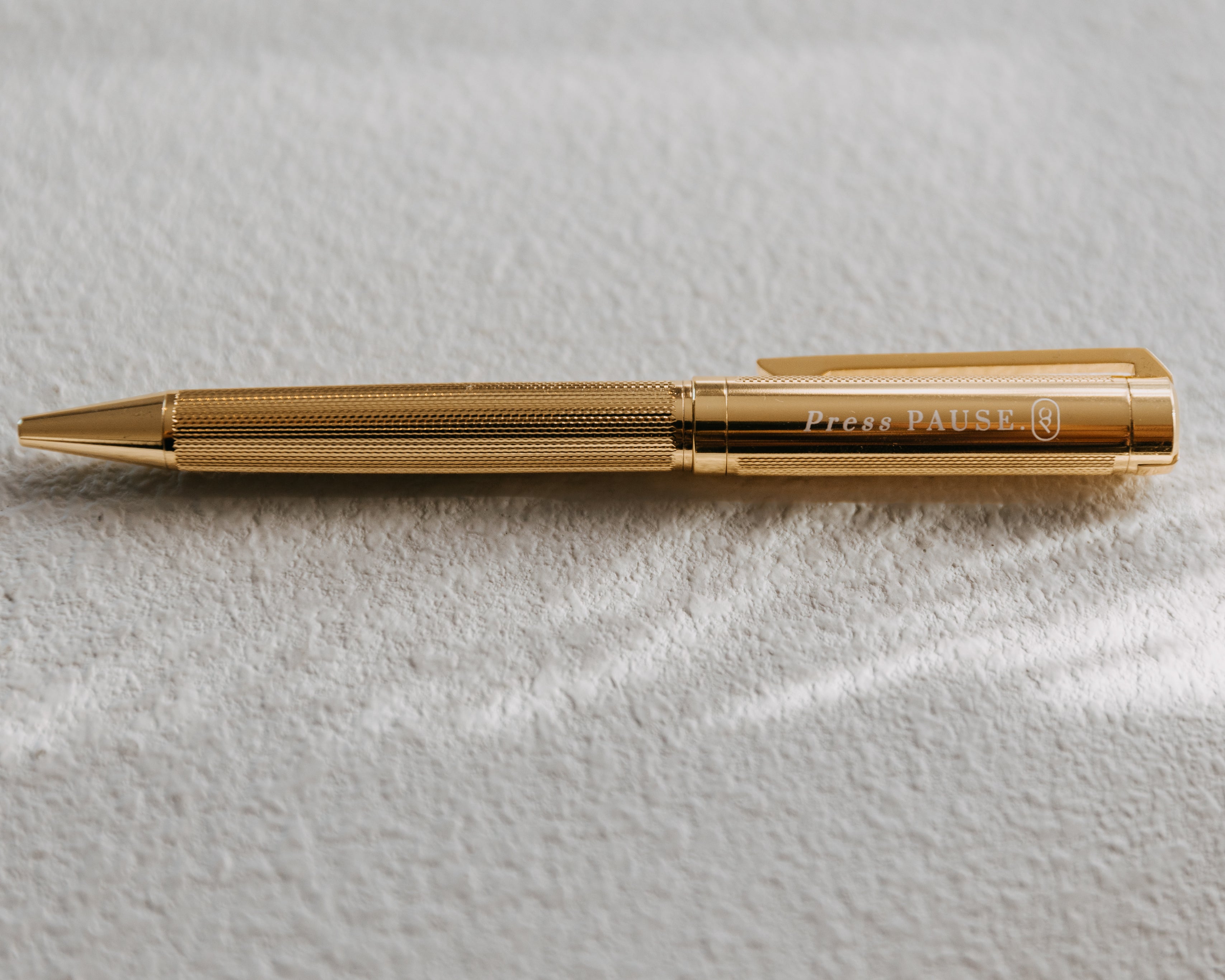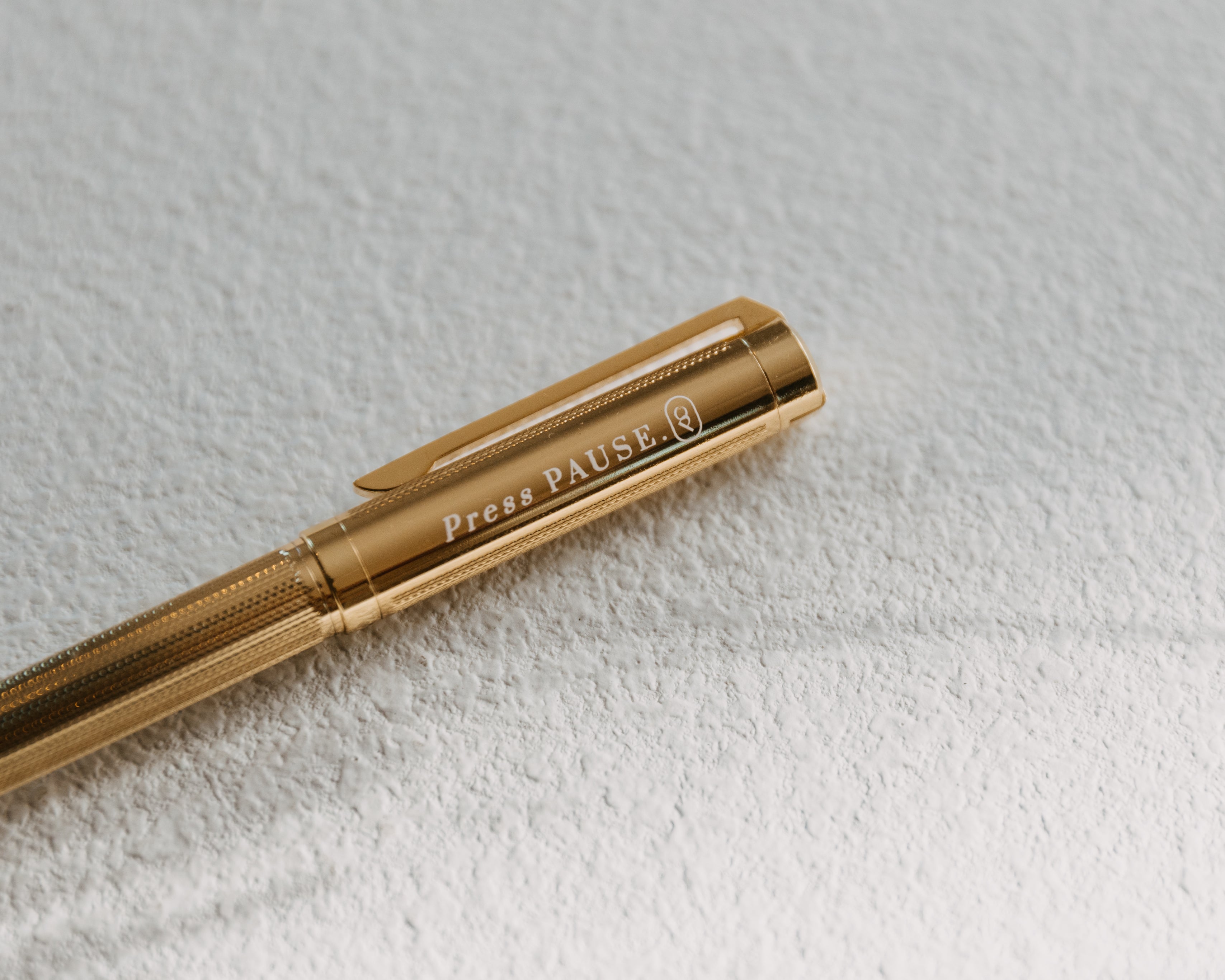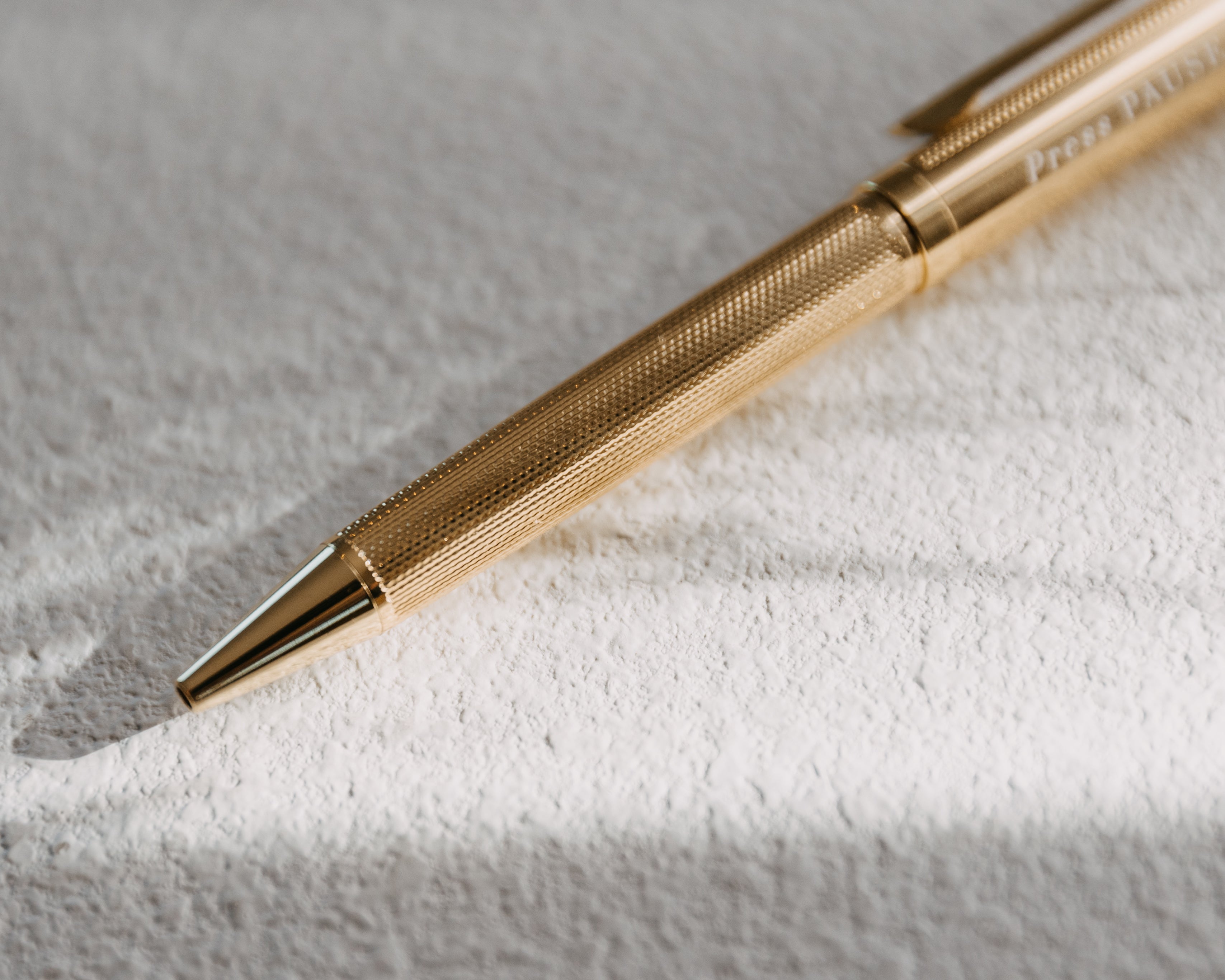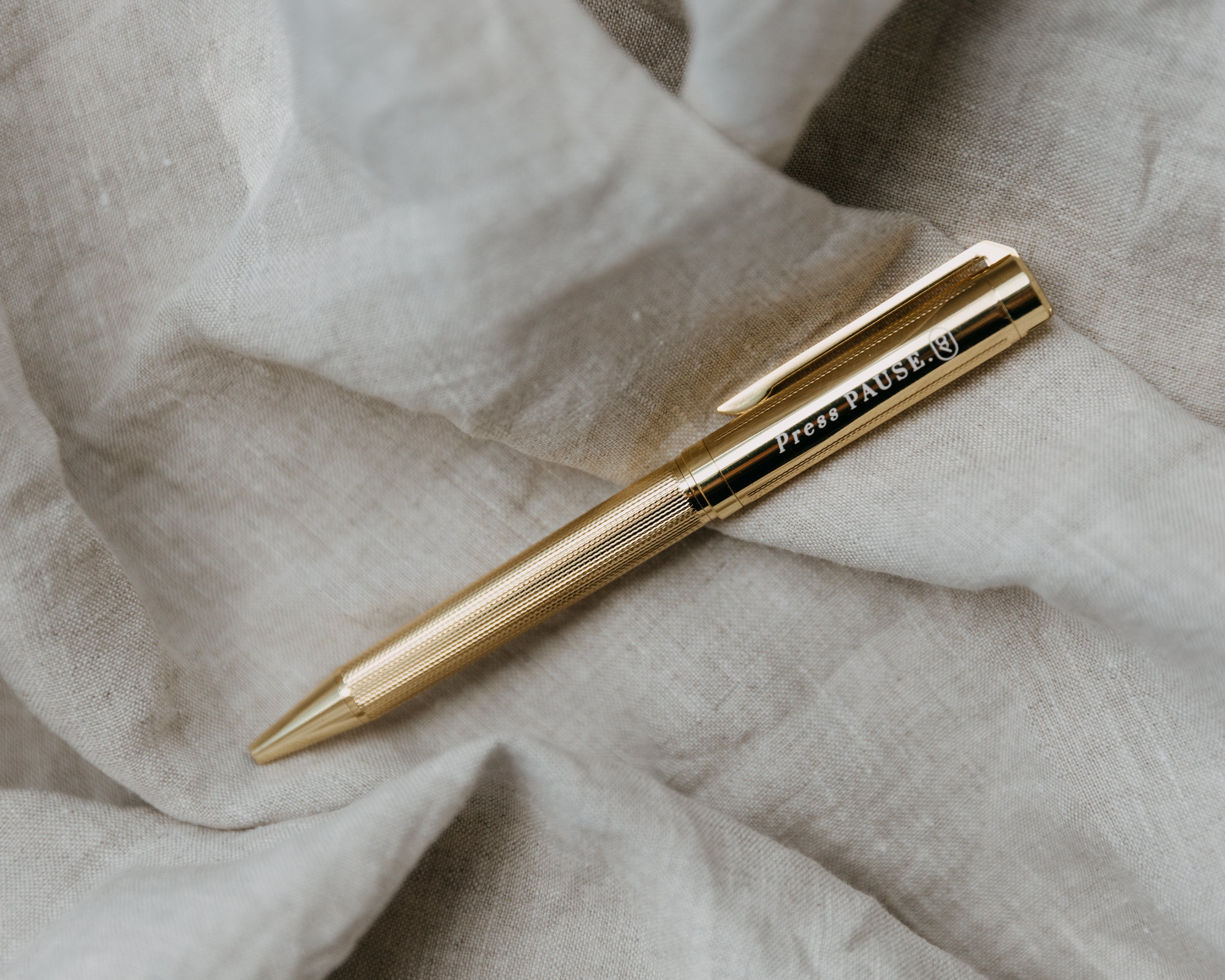Have you ever wondered what exactly mindfulness means? Or perhaps it’s a term you’ve stared clear of, believing it’s best to leave to the hard-core yogis?!
Well in the simplest terms, mindfulness means to be aware of the present. This might be an awareness of your surroundings, environment, thoughts, feelings, and bodily sensations - through a gentle and nurturing lens, rather than a judgmental one. It means to be fully engaged with whatever you are doing and essentially, to notice life.
The concept of mindfulness is for anyone and everyone, not just the hard-core yogis! And why would YOU care? Well, mindfulness has been shown to be a powerful tool in improving mental and physical well-being, reducing stress, and increasing overall contentment in life.
Many years ago, I embarked on an unconventional six-month course on mindfulness. It was the best personal investment I have made in myself, and I wanted to share some of these practical tools with you. I have always been someone who spends a lot of time in my head, rather than being focused on where I am, and I know for sure than when I am consciously incorporating mindfulness into my life, I am calmer and more content, and life just feels like it flows better.
Here are 7 tips on how you can bring greater awareness to the present moment:
- Practice daily meditation
Practicing meditation is kind of like taking your mind to the gym. It helps to bring a sense of calm, peace, and balance to your life. When I am practicing daily for periods of time, I notice a huge difference in my ability to cope with stressful situations and also notice my patience and tolerance levels are much higher (which is of course, very helpful when it comes to having children!).
So how does one mediate? It can sound a bit off-putting, maybe daunting, maybe cheesy? But it is so simple and takes little time. Given the benefits can be significant, why not give it a try?
Sit in stillness in a comfortable position. Choose an anchor that is your focus point – it might be your breath, your body, or a mantra. Notice when you start thinking, or any emotions that might arise, and gently bring your attention back to your anchor. Repeat. I find it particularly helpful to use apps like headspace, calm, or smiling mind for a guided meditation.
- Make friends with your mind
One of the most profound learnings about myself is that my mind is not me. Thoughts come and go all day long. Sometimes the mind is busy and likes going down rabbit holes. Sometimes it is quiet and peaceful, like it’s on vacation sipping on a margarita. Sometimes the thoughts are helpful, and at other times, they are quite clearly unhelpful. For example, have you ever noticed yourself going through a daunting process in your mind about something terrible happening, that hasn’t happened, and never ended up happening? Yes. Me too. And what good was it taking yourself through the anguish of the imagined journey?!
A helpful technique you can use to disidentify yourself from your mind, is to name it. Yes, that’s right, give it a name like Henry, Percy, or Sheila. Make friends with it and think of it as an advisor outside of you. When you notice your mind start to speak, decide whether he/she/they are saying something useful or unhelpful. If you believe it is unhelpful, then thank your mind (Henry, Percy or Sheila) for their concern, and move your attention back to where you are and what you’re currently doing.
Another technique that has really helped me move through spiraling thoughts is T.H.I.N.K.
T – is it true? H – is it helpful? I – is it inspiring? N - is it necessary? K – is it kind? When you notice repeated thoughts patterns, interrupt the thoughts by asking yourself these questions. Often the answer to all of these questions is ‘No’, and it is therefore unhelpful continuing to waste energy on them.
- Get in touch with your five senses
The five senses you say? That’s not something I’ve given much thought since I learnt what they were at a young age at school! Turns out they can be a useful focal point when incorporating mindfulness into your life.
In times when you would normally go on autopilot (like in the shower, driving to work, stuck in traffic or queues – any kind of routine activity) direct your attention to any of the five senses – sight, touch, taste, hearing, or smell. Observe with curiosity and non-judgement. When you notice your mind start thinking, labelling, judging, commentating – redirect your attention back to observing the sense.
When you start to direct more attention to your five senses, you begin to notice more around you in daily life. One day you might be walking at the beach and suddenly realise you’ve been watching birds fly overhead, listening to the sound of the waves touch the shoreline, and feeling the sensation of sand in your feet, the breeze through your hair, and the warmth of sunshine on your face - rather than being caught up in whether you nailed that submission at work this morning or whether your children are eating enough greens.
- The emotion scanning technique
Feelings are like ocean waves – they rise, crest and recede all day long, and this is a completely normal part of life. According to brain scientists, these waves last just 90 seconds. After that, we're simply re-stimulating these feelings with our mind.
Have you ever noticed how something might trigger you and then you stay stuck on it for hours afterwards - going over and over something in your mind, and subsequently continuing to feel a certain way? When you respond to something in your environment, a 90-second chemical process happens in the body and remaining emotional responses are a result of choosing to stay in that loop. If the mind continues to fuel the emotional response, we can stay stuck in that feeling rather than letting it flow through more easily.
To help ourselves process emotions from situations that arise, direct attention away from the mind, and into your body. Scan the body and pinpoint the sensations. Get curious about them and allow them to be there. Try to refrain from judgements about what is a good / bad emotion – these judgements and labels only come from the mind. Refocus your attention on what the body feels, and you may find yourself being more aware, and moving through these emotions with greater ease.
- The anchoring technique
You can use this technique frequently throughout any part of the day to bring you back into the present moment. Focus your attention on the sensations throughout your body, in your muscles or organs, or notice where your body parts are, as they move through space. For example, you could focus on how your feet touch the ground, where your knees touch, or how your fingers lay on one another.
Another useful anchor, particularly when you have been triggered into a fight or flight stress response, is to focus attention to the breath. Use at least three rounds of a 4-7-8 technique, where you breathe in for 4 counts, hold for 7 counts, and exhale for 8 counts. This resets the nervous system from sympathetic state to a parasympathetic state (a relaxed state, the one we want to spend most of our days in).
Yoga is also a very practical tool to bring more awareness to your body and breath.
- Create separation between you and your phone
These days we are all attached to our phones. In some ways it can be convenient and helpful, and in other ways, it creates a constant distraction and moves us away from the present moment.
The important thing here, is to focus on balance. Create certain parts of the day where your phone is on silent and out of reach. Leave it zipped up in your handbag, in another room of the house, or maybe even leave it at home if you go out. That way, you won’t be tempted to reach for it when you have an idle moment, and you can absorb your surroundings instead. When you’re in conversation with someone, you won’t be distracted every time your phone makes a sound (how annoying is this as the other person!), and you won’t be tempted to spend hours scrolling social media instead of ‘being’ where you are instead.
Try having a cut-off from your phone at nighttime and leave your phone outside your bedroom. You might even find this helps you sleep better!
- Practice daily gratitude
Did you know that the human brain is negatived biased? The brain habituates toall experiences rapidly but will tend to focus on the experiences that we experienced as negative. To help re-wire the brain to focus more on the good things in our life, regular gratitude practice is key.
You can practice gratitude verbally with gratitude buddy (maybe your partner or child before you go to bed), or you can write it down in a journal or notebook (we have a few wonderful journals you can use for this!). I have always found the practice of writing therapeutic and believe that the process of writing helps to slow down and enhance those feelings of gratitude.
When you get in the habit of writing down what you are grateful for, you start to notice more around you and pay more attention to your current life. The more we practice, the more good we see.
With these 7 practical tips said, I do want to point out that mindfulness is a lifelong journey – one that we consciously need to remind ourselves of, no matter how much we practice. It’s not a destination we suddenly get to where everything feels wonderful. If anything, I have learnt that it’s more about accepting situations and allowing all feelings, emotions, and thoughts to just be, and pass on.
If you are just starting out, remember that it takes time and practice to incorporate mindfulness into your life, but the rewards will be fulfilling.
This is your life. And you want to be there for it!










